Intuitive Benedictions

I’ve been circling the world for thousands of years, and still don’t know: am I a falcon, a storm, or a great song?
A month has passed since I published my “High Summer Stillness” post, which closed with a brief homage to my important life mentor and beloved friend, artist Richard “Richey” Kehl, a “visual poet” whose kindness, sensitivity, and multifaceted artistic perspectives inspired and assisted me during my brief time in mid-1960’s art school and for decades afterwards.
For this October journal post, I had originally intended to continue my introduction to Richey by writing a concise and straightforward summary of his life and work that could still illuminate his unique approach to art-making in greater detail. But I soon realized that trying to encapsulate such a deep, thoughtful, and colorful history into a compressed “Cliff’s Note’s” version could never reflect the kaleidoscopic artistic breadth of his personality.
So I quickly abandoned any idea of going forward with my misguided, “lite” biographical approach, and in its place decided to outline Richey’s story from a more panoramic view based on my decades of interactions with him, always keeping in mind that his love of art in all its applications—and his extraordinary generosity of spirit for sharing it—was freely extended to many others in his world, far beyond what I received from him in my own life.
The reciprocal, art-inspired conversations we exchanged over nearly sixty years, either in person or much later through emails, were often punctuated by long periods of silence and separation between us. But no matter how distantly our paths diverged, a recurring pattern of synchronicity always opened the door to another unforeseen reunion.
Rilke

Richey Kehl was fascinated with the poetry of Rainer Maria Rilke, and in a treasure of a book he created and later sent me as a gift in 2022, he combines his enigmatic collages with selections from Rilke’s poetry. The book’s title is:

In the personal summary that appears near the end of his book, Richey uses his own colorful and typically oblique writing style to describe his discovery and appreciation of Rilke’s work, and his own visual interpretations of it.

Richard Kehl was born in Mexico, Missouri in 1936. While attending the Kansas City Art Institute, he became so excited about art, and Rilke, that he didn't sleep until he was thirty.
Kehl's collages are precisely placed images that provoke the kind of not knowing from which new knowing can emerge. Each thing we see in them hides something else we want to see...the visible world is no longer the only reality and the unseen world is no longer just a dream.
Richard's visual poems, inspired by Rilke's written word, are not literal illustrations but intuitive travel through similar terrain.
Richey
I first met Richey Kehl in the mid-1960’s, after I escaped (my term) from the small, eastern Washington town of Kennewick where I lived, just as the tumultuous Times-they-are-a-Changin’ era in American society had already started to appear in larger cities and was beginning to filter down to smaller towns.
Against this background of generational shifts of perspective, I gradually became more aware that as an unusual and artistic child living in the more traditional and conservative community around me, I had always felt like a complete outsider, whose values and world views were completely different from those of my parents, neighbors, and schoolmates. As I grew older, I secretly wondered if I had been an abandoned foundling in a basket that was left with no note on the bottom metal step of our 15-foot trailer.
I was grateful that my public school teachers recognized my artistic talents early on and did whatever they could to encourage, support, and guide me with the limited cultural resources that were available to them. But by the time I reached high school, I was more than ready to unfurl my wings and seek out broader educational horizons away from Kennewick.

Bell Bottoms, Beads, and More
When I finally left Kennewick and enrolled at the University of Washington School of Art in Seattle, I found that my quiet but unconventional personality fit perfectly into the “outside the box” course of study I received from one of my first art instructors, Richard “Richey” Kehl.
Richey welcomed me into his classroom with a broad smile, dressed in flowing, flowered bellbottoms, a long silk neck scarf, and a necklace of multicolored beads—an extravagantly alien outfit that would never have been accepted as proper attire for any teacher in grey/beige Kennewick. With my background as a musician who played the violin and had a good ear, I easily heard that Richey spoke with a lilting and slightly caressing tone that carried more than just a trace of the combined midwestern/southern accent he had acquired from his childhood in Missouri.
Out of the Paddock
Once I had mentally processed these endearing opening formalities and instantly placed Richey in the comforting “kindred spirit” category of my psyche, it did not take long for him to exuberantly begin guiding me and his other students through a whirlwind of artistic explorations that introduced the technical aspects of art-making, but also included more wide-ranging discussions that illuminated the purpose of art, its many applications, and the creative influences he had absorbed through his own restless and deep-diving investigations of poetry, philosophy, and world art history.
These lively classroom conversations often continued during weekend evenings when Richey opened his home studio to provide a more casual and lighthearted setting for his artistic student acolytes. These gatherings were unofficial parties, but at least they were “cultural” ones.
From this background, Richey eventually created the unique “Epic Slide Show” that he shared with his own students and the School of Art community as a whole. These always much-anticipated presentations combined layer upon layer of enigmatic and thought-provoking visual imagery—both the profoundly deep and and the ironically humorous—that encouraged students to expand their own artistic boundaries to see the world from new and more intuitive perspectives.
Although I thrived in the bubble of creative ecstasy that existed in Richey Kehl’s classes, as time passed and I had to start thinking more seriously about the additional educational requirements I would need to complete my degree, my naive artistic intentions began to fray and dissolve into thousands of troubling fragments.
I eagerly signed up for elective courses such as “Music Cultures of the World,” but carefully avoided any course that might require a more thorough understanding of mathematics, whose mysteries had been a panic-inducing nightmare for me since my disastrous eighth-grade algebra class.
Scrambled Priorities
After turning in a less-than-high-quality project to a new art instructor who used different teaching methods than the intuitive approach that Richey preferred, the professor asked me to schedule a private meeting with him after class to discuss my nebulous educational goals. He was empathetic, kind, and wise, and could clearly sense my despair. In the end, he advised me to take time away from any formal art training to seek out alternative ways to diminish my stress through engagement with non-art related work, travel, or an apprenticeship in the “hands on” trades, which might provide more psychological and financial stability as I continued exploring practical options for my future.
I took the professor’s advice, eventually left art school, and set out on my own to search for greater clarity. During this time away from academia, I began to move along a different life path than Richey’s, as our outward worlds continued to shift. But the deep and quiet inner connection we had originally established always remained steadfastly alive.
Moving On
I soon started to tackle the requirements associated with my new “Secrets of the Practical World” course of study. I worked as a clerk at a Japanese import store and traveled through Mexico to improve my Spanish. Inspired by my quilt-maker grandmother, I began a sewing business that supplied gift items for home decor shops in Seattle. Later, I was a window display designer for a Seattle department store. Along the way, I paid careful attention to those in my world who were masters of their craft, and learned as much as I could from them.
But as the 1970’s approached, the artistic clarity I was hoping to discover still felt elusively distant.
A Life-transforming Dream and its Aftermath
Finally, in the spring of 1975, I unexpectedly received a symbolic dream that wordlessly directed me to an entirely new way of seeing and understanding the world. It was the first of many intuitive and supportive benedictions that would follow in my life. I accepted this gift with gratitude, and vowed to pay it back in the future by creating art that would reflect some quality of the mysterious message the dream had conveyed to me.
Soon I began working on a large collection of interrelated drawings titled From Seed to Universe, which illustrates the way I translated the dream's imagery into my own art:

I remember thinking at the time that there was only one person I knew who would understand my dream experience—and the artwork that grew out of it—with no impatient derision or judgement. It was Richey Kehl, the visual poet, cosmic scout, and artistic mentor from the 1960’s, who spoke the same intuitive language as my own.
Later, when Richey and I started exchanging our latest art inspirations by email, he excitedly sent me information about a new book he had discovered that he knew I would love. It confirmed that he was the perfect guide to appear in my life when I most needed it.

A Wise New Direction
After removing myself from a living situation that was sometimes dismissive of the new and more expansive world view that I had acquired through my dream, I decided to branch out from my previous series of temporary jobs that had not adequately propelled me towards the more stable and professional future I was seeking. Eventually, I identified two options that might be compatible with my personality and interests: graphic design or therapeutic massage.
With several examples of artwork tucked into my portfolio, I set up an appointment the following day to meet with the owner of a highly-regarded graphic design school in Seattle. After the school’s owner greeted me and opened my portfolio to review my work, she looked at me intently and asked:
I get the feeling that you want to use graphic design as a way to support your “real art.” Is that correct?
And when I sheepishly replied, “Yes, that had been in my mind as an option,” she continued with a surprising follow-up. I still remember her exact words:
You are too good of an artist to consider doing graphic design as a career, and if you think you can design and lay out ads, flyers, or other commercial work all day and still have the energy to do your “real art,” you will very soon burn out on both fronts. I recommend that you choose a stable day job that will be completely separate from the art world, which can offer you ongoing financial support, but will also be compatible with your sensitive and artistic personality.
I thanked the school’s owner for her recommendations, and a year later I signed up to study massage with a medical focus. The unforeseen outcome of this choice of a day job was that in the early 1990’s, when I decided to try and complete my UW School of Art degree to add some belated credibility to my meager art resume, I had to choose a UW art instructor to oversee the independent study art credits that were available to me.
Again, the only person I could think of who had known me in the past and might be willing to fulfill this role was Richey Kehl, who was still teaching at the UW School of Art. The advisor I was working with in the main office contacted Richey to inquire about his availability, and when his reply came back, “Yes,” she scheduled an appointment for me to meet him in his office the following week.
My Reunion Day with Richey, and Follow-up
With Richey now as my confirmed sponsor for the art credits I needed, I arrived at his office, trying unsuccessfully to suppress a goofy smile and warm-hearted laughter. After more than twenty years, we sat down to catch up and process the unlikely and synchronistic circumstances of our reunion.
When Richey asked what had taken place in my life since our previous time together in art school, I showed him the large color drawings I had created since then, and felt safe enough from our past history to mention the unusual dream that had inspired this work. Since Richey was an artistic visual poet himself, the intuitive influences that appeared in my drawings were completely understandable to him.
I felt comforted knowing that he was still at ease discussing esoteric subjects that do not easily fit into everyday conversation.
Expanded Artistic Applications
When the conversation in Richey’s office turned to the practical concerns that his art school colleague had counseled me about in the mid-1960’s, Richey came up with an unusual proposal: since he was adept at applying his fine art experience to more commercial (and lucrative) projects, he encouraged me to consider the same idea, and put me in touch with the agent who handled his commercial work to see what options might exist for me along these same lines.
The agent initially warned me that my “sensitive artist” personality might not fit into the viciousness of the commercial market place. But she soon reconsidered when she learned about the extensive knowledge of anatomy and physiology I had acquired in medical massage school and in my previous freelance work for natural science book publishers.
The unexpected result was that due to my unique combination of training and experience, Richey’s agent was able to secure a lucrative commission for me from Microsoft to help illustrate the first edition of its digital Encarta Encyclopedia of Natural Science. I thanked Richey for his unflagging generosity, care for me, and confidence in my skills.
Time Passes
In 2015, I attended a celebratory event sponsored by the UW School of Art honoring Richey as a former professor in the school. During the reception that followed his presentation, I joyfully reunited with Richey again, and met his wife Suzie, a poet who also collaborated with him on many of his design-related projects. We were all so giddy at this unlikely and surprising reunion, that we proposed to meet again for coffee sometime in the future.
But four years passed before I received any response.
We resumed contact again through another appearance of recurring synchronicity when I discovered that Richey and Suzie had been living only a 15-minute walk from my Queen Anne house for at least ten years. The three of us began in earnest to continue developing a sweet and art-inspired reciprocal friendship that continued past the blackness of the Covid years and beyond.
The two vignettes below give you an insider’s look at the goodwill interactions that circulated among us during that time, and illustrate the artistic inspiration and communication that we shared:
My husband David and I delivered a Valentine’s Day gift of freshly-picked heirloom camellias from my garden. It was accompanied by a lovely, hand-made book of linocut nature prints titled, “For Those who See,” along with two CDs of romantic songs hits taken from our own playlist:


Richey later sent me several photos of his art studio in Seattle, where he worked in solitude creating his collages. I often imagined him taking a break from his work to sip a cup of tea, while listening to the haunting, romantic, traditional Portuguese “fado” songs that he loved.


Richey's Treasure Book Arrives
I’ve been working hard the last months on a new book
That will be published…
Rilke/Kehl. 146 pages in a limited edition of 300 copies…
Love, Richey
In the spring of 2022, a note in my Tieton post office box told me that an oversize parcel was waiting for me in one of the keyed lockers. When I opened the package back in my loft, I saw that during a period of extended silence from Richey, he had completed the new book of collages that were inspired and accompanied by the poetry of Rainer Maria Rilke. It was another intuitive benediction from him that he knew I would love. Inside the package he also included a hand-written note with his current email address.

7/25/2022
Dear Richey,
I walked 5 minutes to the post office yesterday and found your beautiful book in a special locker. I am writing to let you know that it’s here and you should not worry that it was lost in transit. It was “as brave as a postage stamp crossing the ocean” and arrived in excellent shape.
I’ve not had time to simply sit and drink in its inspiration, but will do that soon! I will send you a more formal thank you at that time.
Love,
Sandra
9/9/2022
Dear Richey,
Your beautiful book arrived on 7/25, and I wrote you a thank you reply right away. I meant to send you something more formally lovely, but life got in the way. I'm putting together a few little gifts to send to you right now, and will send the package off next Monday.
Love always,
Sandra
9/22/2022
Dear Richey,
The sweet thank you gift I sent you was delivered to your studio address last week. I HOPE someone did not take it!
Please let me know.
Love,
SMD
9/22/2022
The package was devoured immediately upon arrival!
What a wonderful thing to send! It was SO APPRECIATED! I love it!
Thank you!
Richey
2025
After this email exchange took place, three years passed. As I was trying to research some information about Richey while drafting September’s Art Nun post (High Summer Stillness), I was heartbroken to discover that all information about Richey and his work had been deleted from the Internet, including his website and his email contact. He had just vanished.
I eventually located a former student of Richey’s online and received his email from her. On August 24, I wrote him the following email:
Dear Richey,
It has been so long since we have been in touch via email. I included some of my fond remembrances of you and your work in a post for my Art Nun of Central Washington Journal/blog, which you have never seen. In my research trying to reconnect with you, I stumbled across the blog of a student who was in art school about the same time as I was during the mid-sixties. We were both your students. She included your latest email contact in her reply to my inquiry,
But I know that we are all getting older, and I wanted to reach out to you—one of my deepest inspirations, to convey the respect and loving affection I have felt towards you. You assisted me in so many ways as we went forward in life, and I have never forgotten you.
I’m sending all my best and most heartfelt wishes to you now.
your friend eternal,
love from Tieton,
Sandra
He replied the same day:
Yes this is the right email! Sounds like you’ve made a home over there…. Congratulations.
I will be starting my 90th year in September…
Love, Richey
Richey also sent me a second email that same day that included a treasure trove of artistic images. I responded the next day:
Thank you so much for these thoughts and images Richey. I returned many times to the musings of W.S. Merwin. I had only heard his name previously as a literary figure, but will be exploring more now, THANKS TO YOU, ever the intuitive GUIDE!
Sandy Mae Dean
The email above was my last communication with Richard “Richey” Kehl: five days later, as I was drafting another message to him, I received an email from his former student letting me know that he had died the day before. “High Summer Stillness,” with its introductory homage to Richey, was published a week later.
Epilogue
And if the world has ceased to hear you,
say to the silent earth: I flow.
To the rushing water, speak: I am.
When I think about Richey now, I keep returning to one of the final leaf drawings I included in my book, A Tree of Life, which I had given to him years before as a gift. This drawing reflects the love and gratitude I feel for the 60-year relationship that we shared.


The Selected Poetry of Rainer Marie Rilke — Winner of the 1984 Harold Morton Landon Translation Award from the Academy of American Poets
The influence and popularity of Rilke’s poetry in America have never been greater than they are today, more than fifty years after his death. Rilke is unquestionably the most significant and compelling poet of romantic transformation, of spiritual quest, that the twentieth century has known. His poems of ecstatic identification with the world exert a seemingly endless fascination for contemporary readers.
In Stephen Mitchell’s versions, many readers feel that they have discovered an English rendering that captures the lyric intensity, fluency, and reach of Rilke’s poetry more accurately and convincingly than has ever been done before.
Mr. Mitchell is impeccable in his adherence to Rilke’s text, to his formal music, and to the complexity of his thought; at the same time, his work has authority and power as poetry in its own right. Few translators of any poet have arrived at the delicate balance of fidelity and originality that Mr. Mitchell has brought off with seeming effortlessness.
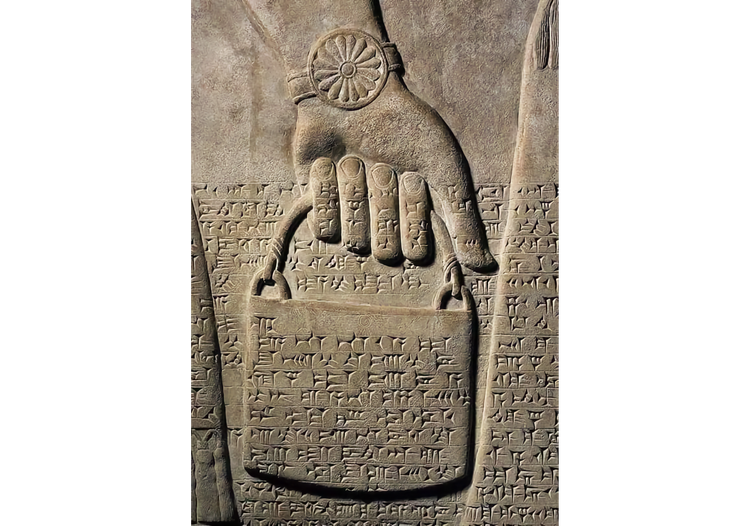
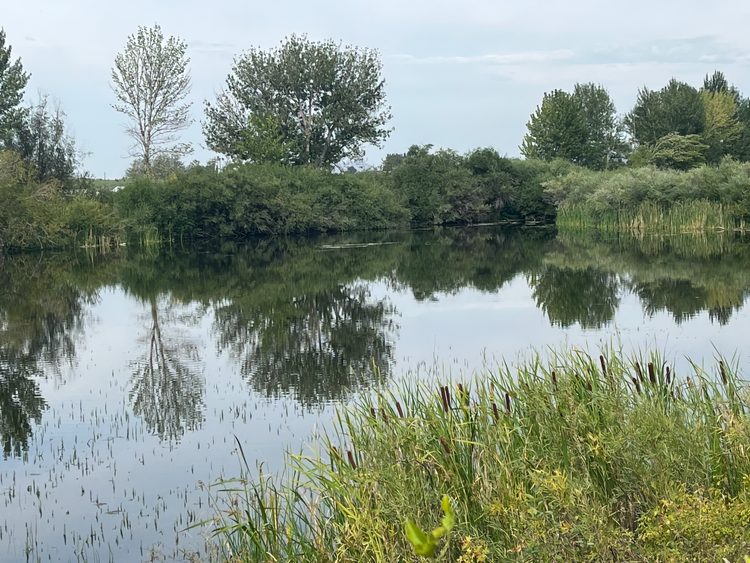
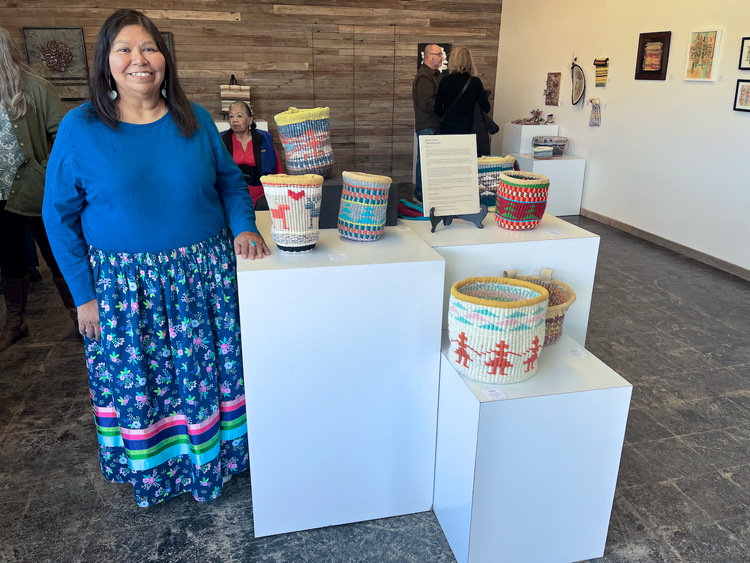
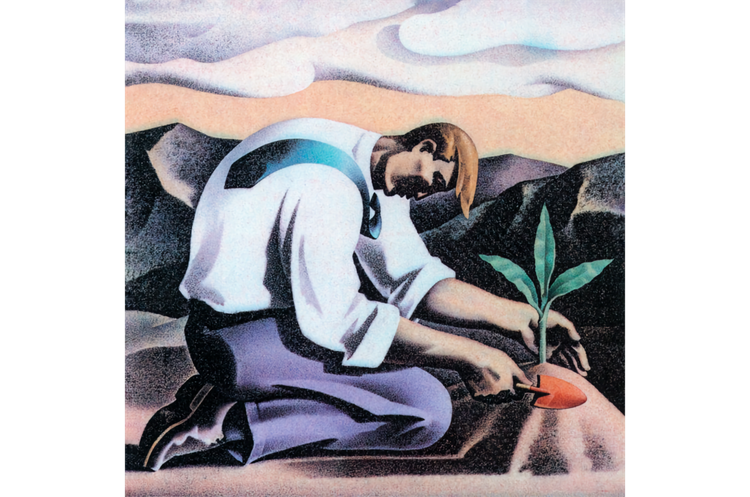
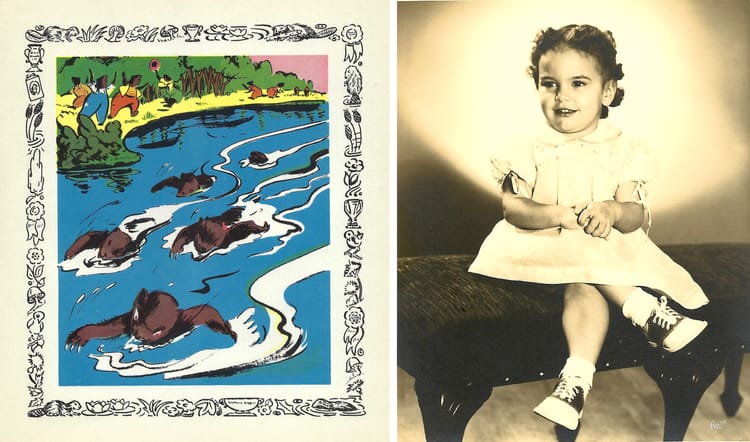
Member discussion